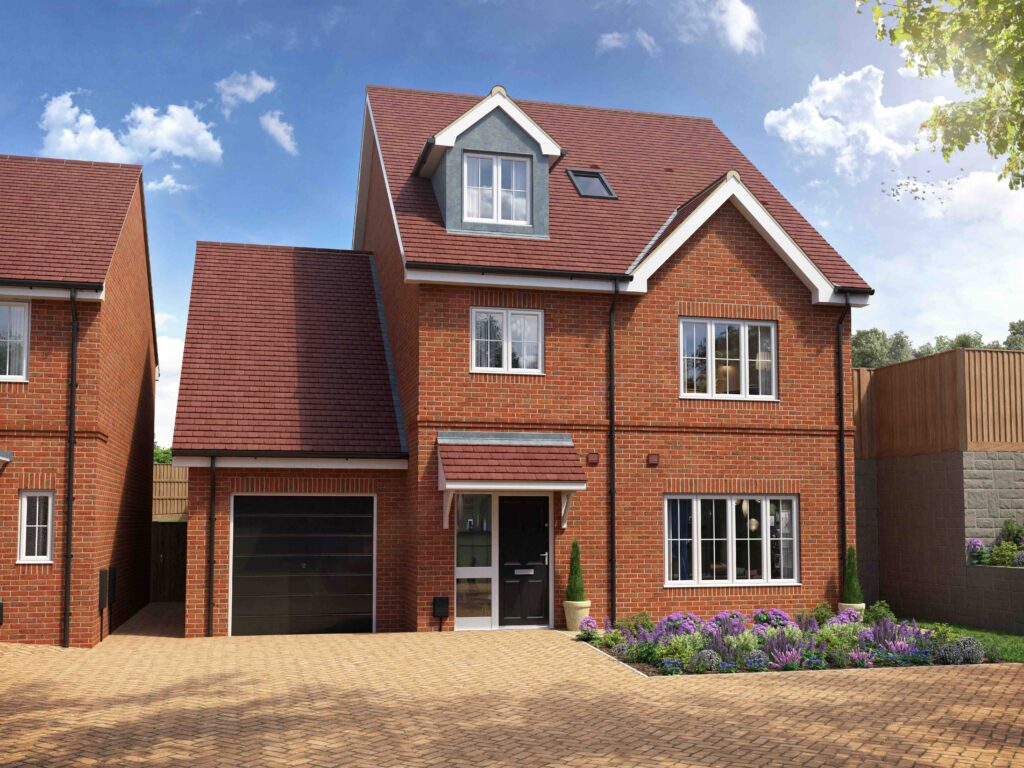Expert shares three things to know before purchasing a listed building

Listed buildings are not just stately homes, mansions or castles – they can often be people’s homes, too.
However, difficulties securing council approval for renovation and retrofitting can often make it tricky to be a homeowner of a listed building.
That all might be about to change, as the UK Government recently announced a review into historic homes to drive energy efficiency and improve retrofitting services.
So, as we head into summer, aka ‘house-moving’ season, if you’re considering buying and doing up a listed building, here are some things to be mindful of…
#1 The likelihood and speed of renovation
Renovations can be slow at the best of times, as highlighted in this previous study, which looked at the easiest and most challenging places to renovate in the UK.
But when it comes to listed buildings, renovations can be challenging. Listed buildings are
protected by the Town and Country Planning (Listed Buildings and Conservation Areas) Act 1990 in England and Planning (Listed Buildings and Conservation Areas) (Scotland) Act 1997 in Scotland and alterations or changes in use are subject to requirements for obtaining planning permission. Plus, listed properties must be renovated or rebuilt using traditional materials and methods which match the original structure. Common difficulties include changing doors, window glazing, outbuildings and fitting burglar alarms.
To find out the easiest and most challenging places to renovate a listed building, specialist home insurer Homeprotect reviewed 10 years’ worth of data* (2013-2023) from local authorities around the UK, including refusal rates and how many decisions are reached within eight weeks.
It’s good news for people living in seven of the council areas studied with an approval rate of 100 percent on listed building planning applications – Staffordshire Moorlands District Council, the Isles of Scilly, and the City of London.
Meanwhile, the councils with the fastest response times to listed building planning applications are Derbyshire Dales District Council, with 83 percent of decisions reached within eight weeks, followed by Coventry City Council and Three Rivers District Council (80%).
However, it’s not all as smooth sailing for other areas of the country.
Ribble Valley Borough Council was the most likely to deny a planning application on a listed property, with a 27 percent refusal rate. Over the 10 years studied, the council made 445 decisions on alterations and expansions to listed buildings, 118 of which were refused.
Residents living in historic homes within the Hart District Council area are the second most likely to be denied planning permission, with a 23 percent refusal rate.
In joint third place are Croydon Council and St Albans City and District Council, both with a refusal rate of 22 percent. Brentwood, Rochford and Watford councils follow closely behind with refusal rates of 21 percent and 20 percent, respectively.
And while there is currently a statutory requirement for councils to reach a decision on planning permission within eight weeks of an application submission, extensions are often requested.
Those living in the Dorset Council area need the most patience. Only 19 percent of decisions are made within eight weeks. Between 2013 and 2023, Dorset Council decided on 2,282 listed building planning applications but only 434 cases in under eight weeks.
Other council areas where residents can expect long wait times include Crawley Borough Council (22% of decisions in under eight weeks), Bournemouth, Christchurch and Poole (23%) and Buckinghamshire Council (24%).
#2 Insurance requirements
Many standard insurers won’t cover listed buildings, but don’t let this put you off buying one. In this instance, it’s best to contact a specialist insurer who deals with ‘non-standard properties’, who can refer you to one of their specialist underwriters to determine if they can insure it.
Listed buildings are classed as ‘non-standard’ because they have higher rebuild costs than standard homes and may be more at risk of things like fire damage and extreme weather conditions. Consequently, insurance premiums are generally higher as rebuilding a listed building requires specialist tradespeople and materials.
Damage can be incredibly expensive to repair for Grade 1 and Grade 2 listed properties, so it’s really important to have appropriate buildings insurance in place. Buildings insurance is also a requirement for all mortgages.
#3 The restrictions you may face
According to a survey by Historic England, 89 percent of listed building owners and renters feel proud of their home and its importance to the character of their local area.
But many need modernisation to some degree. Mould, low energy efficiency and layouts incompatible with modern living are common complaints. So too is future-proofing these properties, with 90 percent of those living in listed homes reporting concern about climate change.
Difficulties securing council approval for renovation and retrofitting and delays in decision-making may even cause listed homeowners to break planning laws. A Scottish homeowner was forced to repaint her front door back to its original colour last year as local authorities stated pink was not in keeping with the property’s historic character. Meanwhile, a key adviser to restoration charity the Landmark Trust was convicted of breaching planning laws after carrying out work at his Cotswolds home without consent.
Therefore, anyone embarking on restoring a listed property should take the time to research and understand the rules and their rights before doing so. This can differ depending on where you live, so double check the local laws that apply to your property.
If you’re thinking of buying a listed building, there is plenty to take into consideration, and some aspects that may make things more restrictive – however, with the recent government review looking to ease up restrictions on energy efficiency and retrofitting services, things are looking up.




